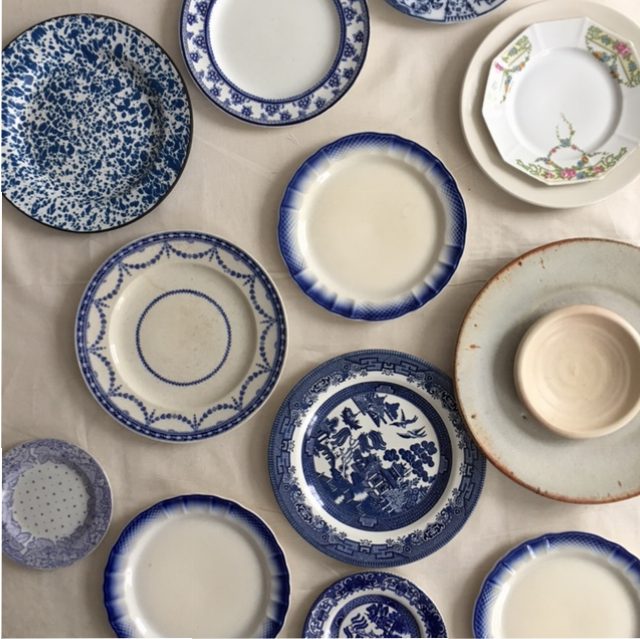
When I sit down to write, sometimes I begin with just a seed of an idea and nothing more.
This used to feel scary. Now I embrace it. I call it white space – a clear, uncluttered headspace, ready to go on a ‘choose your own adventure’. The story might turn left, then right or even head backwards. The end might be the beginning, or perhaps it belongs in the middle. Before I know it a story emerges, one that already existed but needed to be harvested and organized in a cohesive way.
The same thing happens when I create a podcast episode. It starts with a person or a concept I’m curious about, then I try to find said person and book an interview with them. But it’s later, during the transcribing of the interview and the hours afterwards, that the story for the episode unfolds in my head.
Take my latest episode, Sweet Sixteen. It started out with a memory – my father’s heart attack at the age of 48, followed by years of low-fat meals topped with rubbery low-fat cheese. Then I thought about sugar, and how it’s now the bad guy. What happened to fat? So I asked Joy McCarthy of Joyous Health to fill me in on the fat/sugar situation. She also shared her story with me, from an unwell 20-something rapidly losing hair to a life as a thriving holistic nutritionist and best selling cookbook author. But what about the science of sugar? I forgot to dive into that with Joy, so in came Michelle Book of The Canadian Health Food Association. She filled me in on how much sugar we can handle on a day to day basis, and how much we’re actually eating (usually four times too much).
The harvest was happening, but the cohesive bit, that had yet to come.
As I stared at the screen the word moderation kept jumping out at me. “I take a moderate approach,” said Joy. “Just let me eat moderately” my Dad would say to my mother. “Bake the cake in a moderate oven,” wrote my aunt Alice on a faded recipe card that made it into my kitchen and onto the page.
And this is where coffee with my sister Lee comes in to play. I talk about what’s swirling in my head, and thankfully she listens then weighs in with pearls of wisdom. A one-sided collaboration of sorts.
“Did you know that plate size has grown over the past 50 years? They used to be 9 inches across, now they’ve crept up to 11.5 inches. It’s throwing off kitchen cupboard design,” said Lee as she topped up my coffee. Lee is an architect. Lately she’s been renovating kitchens. “How can we eat moderately if our plates keep growing? And how am I supposed to design kitchens with this variable constantly changing?”
Fascinating. I could have done a whole podcast on the changing shape of crockery, and how those changes impact our bodies. And our dishwashers. Have you ever tried to cram a plate the size of a charger into the bottom rack of a dishwasher? Jam city sweetheart.
So that’s how a podcast on heart attacks turns into a podcast on sugar, fat and plate size. The content swirls around, forward, backward, side to side. But then a story emerges. An arc. The story of family, health, celebration and moderation, good fats, bad fats and the dangers of too much sugar. Of surviving, thriving, and saying goodbye to low-fat, rubbery cheese.
BUT PLEASE NOTE – If you have big huge dinner plates, the kind that don’t fit in your cupboard and get jammed in the dishwasher, don’t panic. Get cheffy. Jauntily plate your food in small portions a little off centre. Make room for lots of white space, because it’s in that white space – that unknown territory – where the story unfolds. Try it and see.
